Another great place to visit if you’re ever in Glasgow, is its School of Art. It was founded in 1845 as the Glasgow Government School of Design, but in 1853, it changed its name to The Glasgow School of Art. By the end of the 19th century Glasgow School of Art was one of the leading art academies in Europe and after early success in the fine arts, the late 1890s saw Glasgow’s reputation in architecture and the decorative arts really taking off. Which brings me to the person this post is centered around – at the very heart of this success was a talented young architect and designer, Charles Rennie Mackintosh whose reputation was to quickly spread beyond his native city and who, over a century later, is still regarded as the father of Glasgow Style. If you check out his photo at the end of this post, you will see that the guy really does look rather like a rebel;) Born in Glasgow on 7 June 1868, Mackintosh was apprenticed to a local architect John Hutchison, but in 1889 he transferred to the larger, more established city practice of Honeyman and Keppie.
When we entered the Glasgow School of Art, we noticed that it was in fact, still a working art school, not a museum, therefore, there were staff and students going about their daily work. After a quick intro by one of the student at the Mackintosh building, we were taken on a tour of the building that lasted about an hour.
“.. the only art school in the world where the building is worthy of the subject”..
This place is so cool.. even the font you see above is copyrighted to Mackintosh / Glasgow School of Art!
During the tour, our guide led us through the two phases of ‘Mackintosh’s Masterwork’, the Mackintosh building at the Glasgow School of Art. Inside, we witnessed the maturing of Mackintosh’s unique architectural style, identified elements of Japanese architecture combined with Scotland’s own baronial tradition, and learned about the ethics of both Arts & Crafts and Art Nouveau movements. Throughout the tour, we saw Mackintosh’s original tile and iron work, stained glass, furniture and artwork in some of his most famous and celebrated interiors, including the Library and the newly opened Furniture Gallery.
the tour guide leads us upstairs to an art exhibition space
Japanese lantern
As we go up the stairs, we pass this Japanese inspired lantern-looking lift, which looks like it’s floating up the stairs when it’s dark. The funny thing is, we were told that Mackintosh had never been to Japan. So, why the Japanese influence, nobody can quite say..
sculptures
One of the Mackintosh meeting rooms
Check out the chairs and their funky design. Every piece of furniture you see in this room is modern looking and the huge windows let in tons of natural light. Another quirky thing we were told to look out for, was the “moustache” in all the designs around the school – check out the design above the fireplace. They were nicknamed “Mackintosh’s Moustache”! (See final photo below for resemblance!)
The moustache design above the fireplace..
stairs that lead up to the area that connects the east to the west
the lovely skylight and “hen-run”- there is a great view of the buildings below from up here
The library was redesigned and built later in 1906, a two story volume with a mezzanine overlooking the first floor. A darkly finished wood structure supports the mezzanine and ceiling. The pendant light fixtures, glass book cases, carved balusters, chairs and work tables are all designed with art nouveau motifs, polychrome paint and metal details.
the library, a two story volume with a mezzanine overlooking the first floor
check out arty metal lights – looks almost futuristic!
These designs that hang from the second floor are suppose to mimic leaves.. and none two are alike (the carvings are all by hand)
In a career of only twenty-five years, Charles Rennie Mackintosh designed well over 300 pieces of furniture, the majority in two relatively short periods, 1897-1905 and 1916-1919. The range of works are quite remarkable, featuring not only the elongated chairs for which Mackintosh is most remembered, but also tables, bookcases, beds, bathroom fittings, and even a pulpit and an organ. The pieces range stylistically from the more routine late-Victorian pieces of his earliest period, through the white-painted OEpook School furniture of 1901-03, to the geometrical severity of Mackintosh’s work for W.J. Bassett-Lowke in 1916-19. Mackintosh is a designer whose influence has only recently begun to fully realize itself, and it is a must for both students and aficionados of design to visit this place and see the collection!
the man himself.. and it is true.. what a handsome moustache!
the famous high back chairs of Mackintosh – The Argyle Chair
The Argyle Chair is made after Mackintosh’s design for a dining chair in the Luncheon Room of the Argyle Street Tea Rooms in Glasgow circa 1897. This Mackintosh Chair is a very rare example of Mackintosh Furniture. Hand crafted in the finest oak and using sea grass for the seat pads very few have been produced.
My trip to Scotland was sponsored by Visit Scotland, Scotland’s National Tourism Board.
Add: The Glasgow School of Art, 167 Renfrew Street
Glasgow G3 6RQ, United Kingdom
0141 353 4500
Hours: Sun-Wed Closed; Thu-Sat 11pm–3am
Transit: Cowcaddens SPT Subway Station [mappress mapid=”60″]


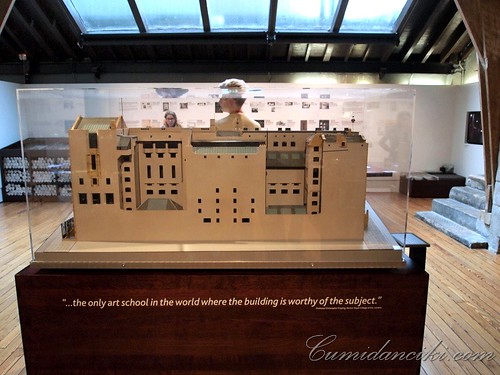
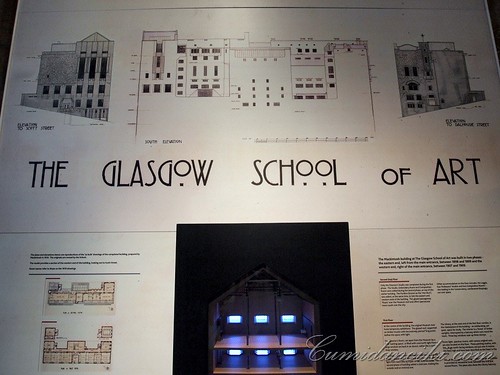
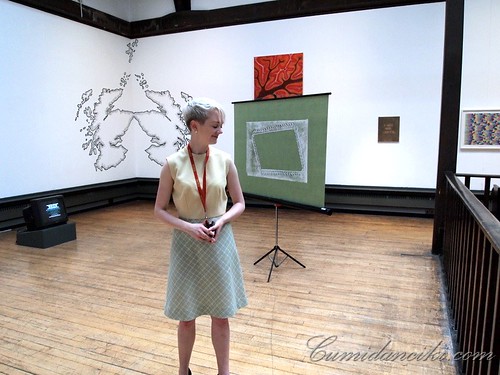
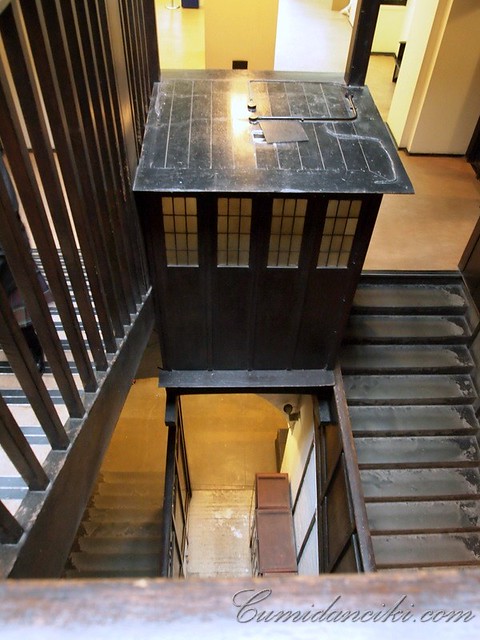
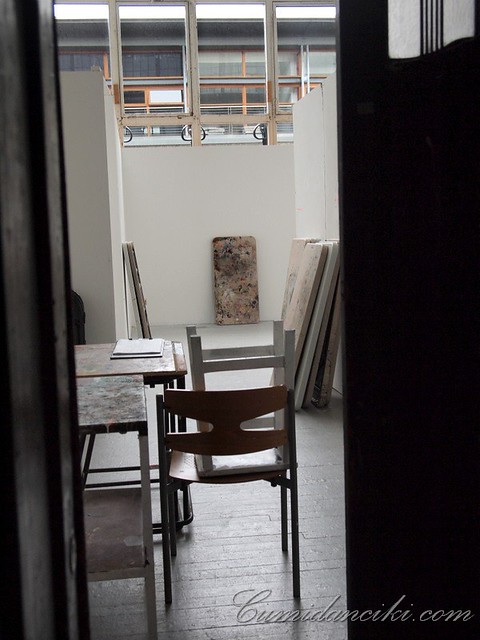
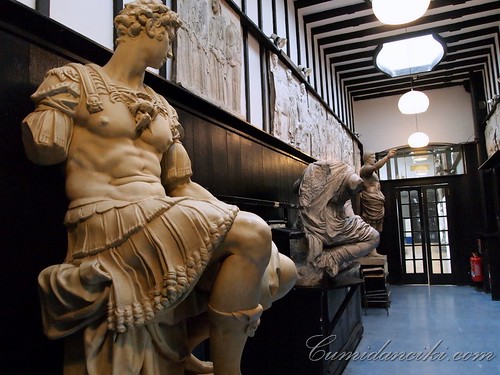
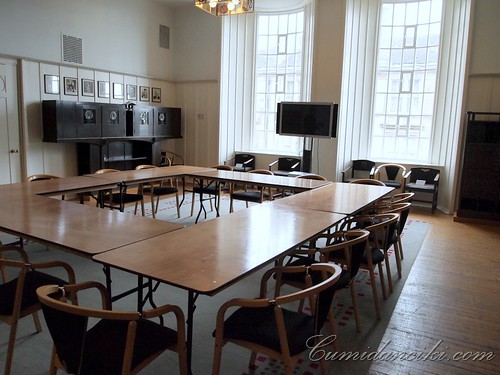
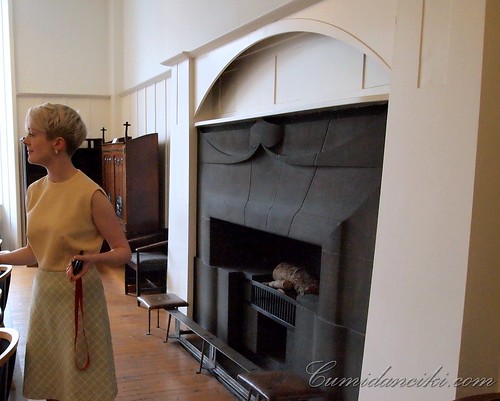
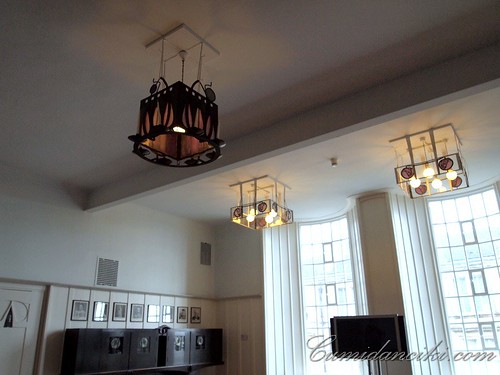
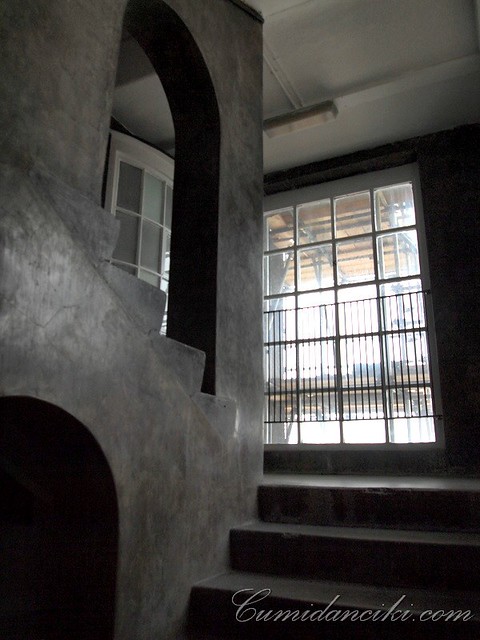
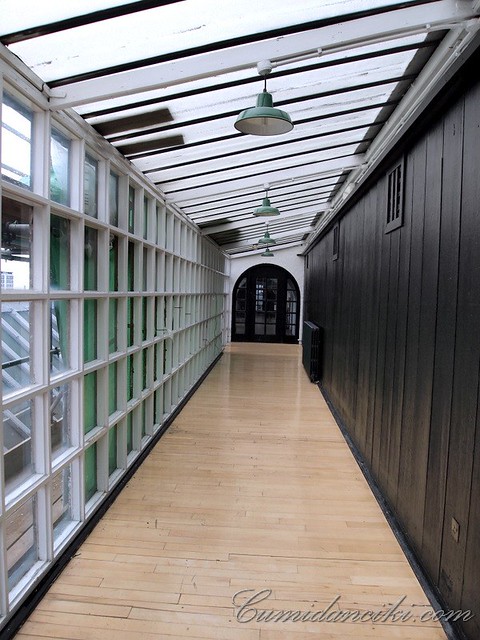
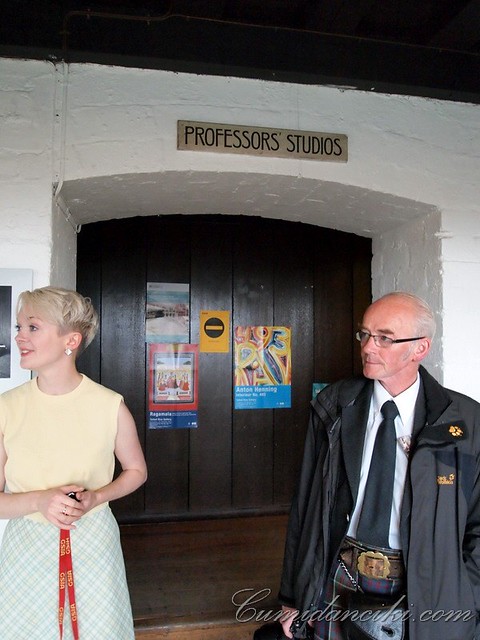
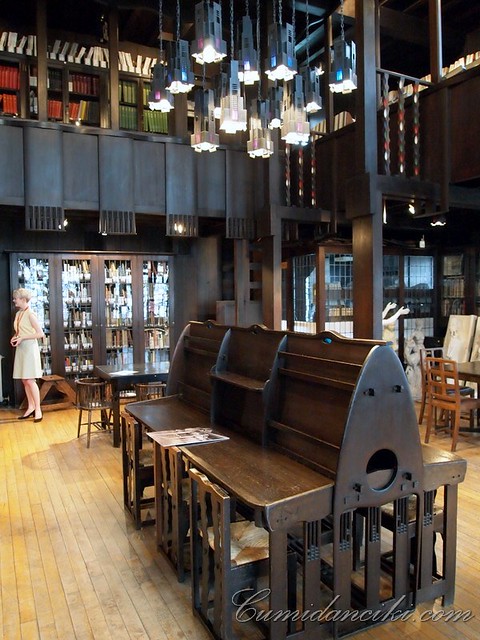
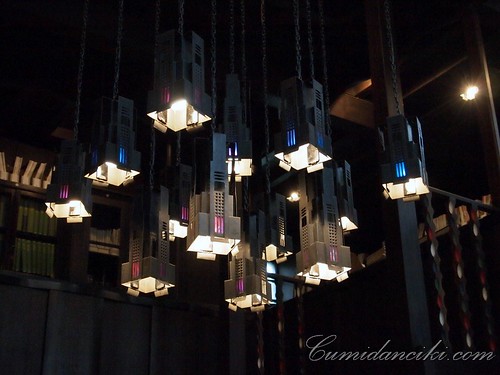
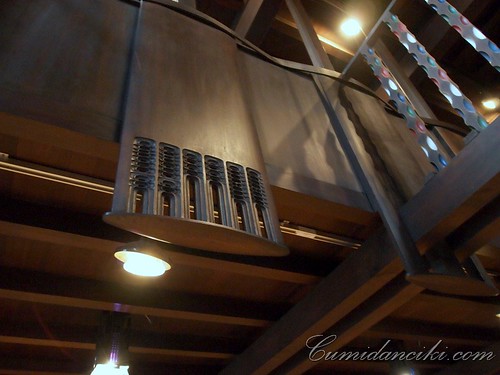
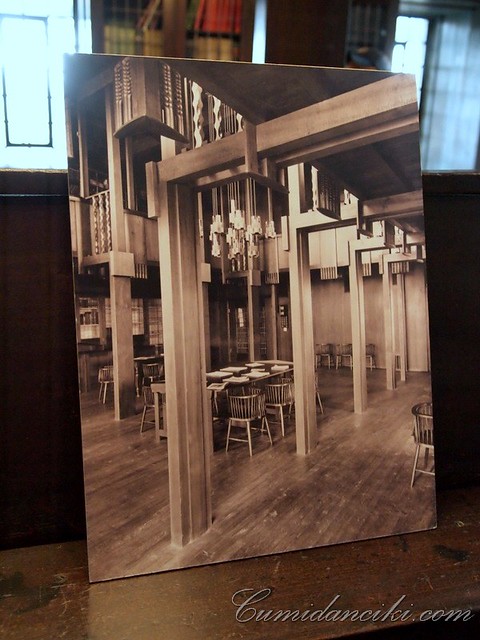

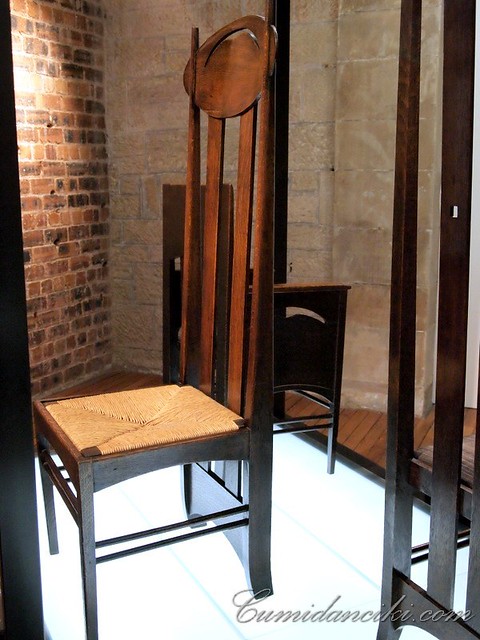
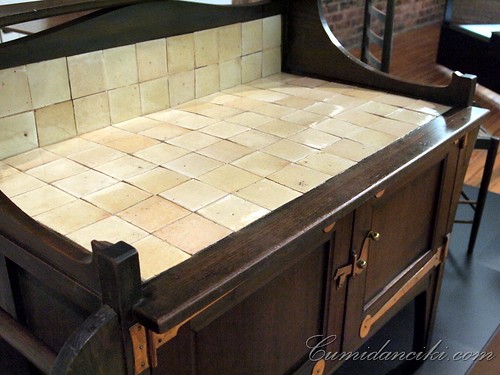
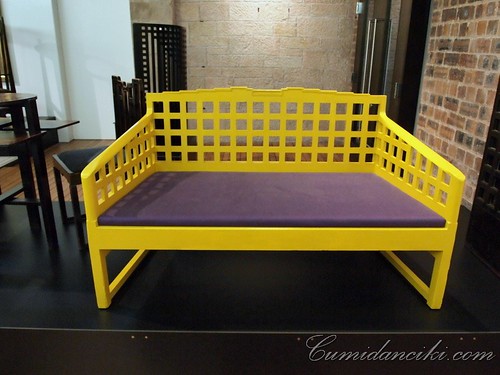
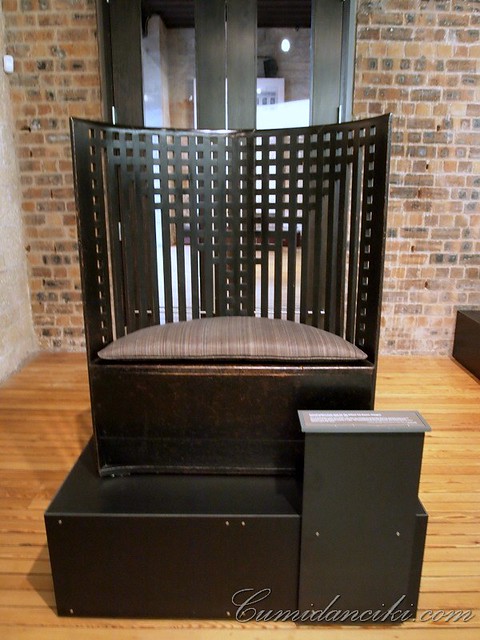
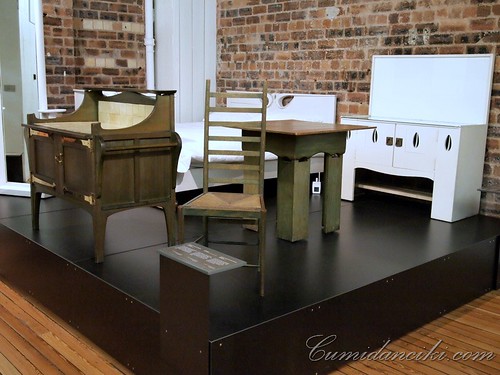
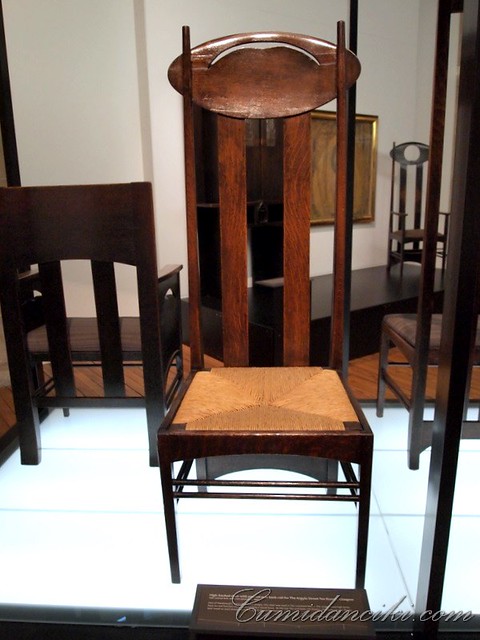





Ooh I like the first scuplture… the fella is certainly perky, eh? Hehe.
LOL, he shoreee is! haha
haze would love this place!
I know.. she would:)
oooh i love this place. nice work of art too
Hi Eiling, you must visit on your next trip!
So aesthetically captured. Made me want to go there.
KL has so much potential to do something like this
Open a gallery Brother B!! you must! 🙂
So Aesthetic!!!!
Best pictures i have seen in a long time
I wish KL has a place like this
Interesting! We were in Glasgow just a few weeks ago and had tea at Willow Tea Rooms, designed by none other than Mackintosh. Really liked his Art Nouveau style.
yeah Mackintosh was pretty controversial for his time.. and still is now. I guess that’s what makes his work so wonderful! 🙂
What a great tour. Thanks for sharing.